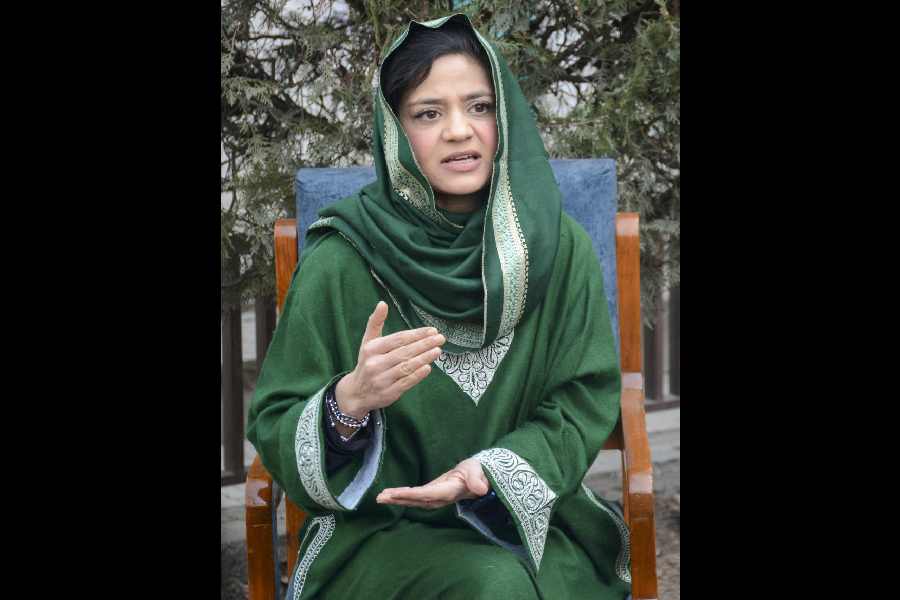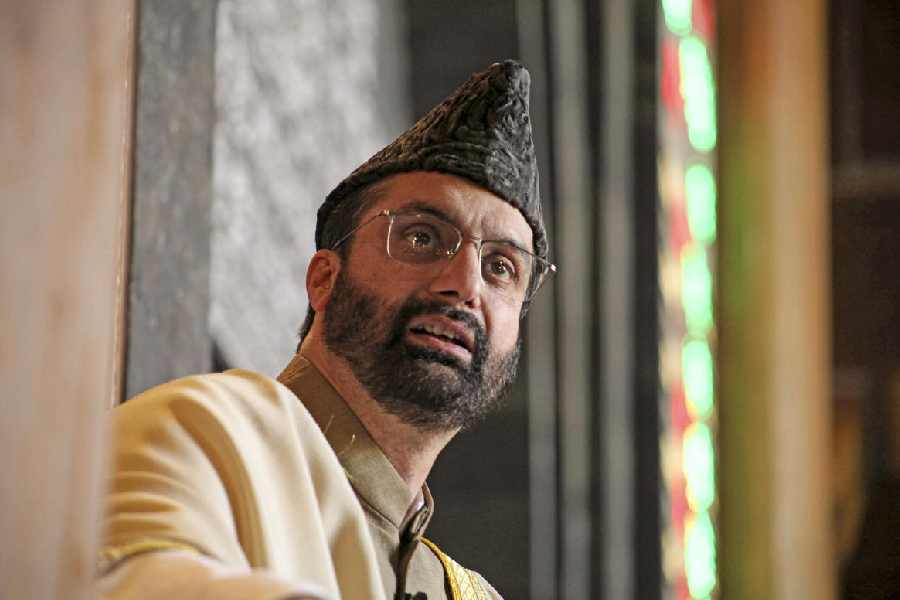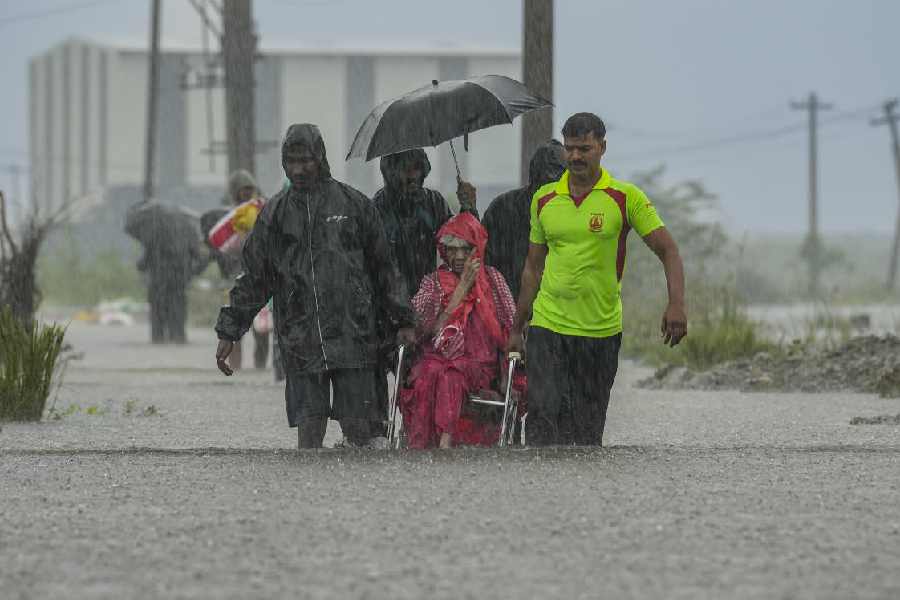In the realm of scientific discovery, there are journeys that not only redefine the landscape of know-ledge but also hold the promise of transformative applications in medicine. Our recent endeavour at the National Cancer Institute (NCI), Frederick, Maryland, US, is testament to one such journey; we ventured into uncharted territories to craft miniature mammary glands in the laboratory. The genesis of this pursuit lies in a collective vision to offer a beacon of hope to women undergoing mastectomy.
Women navigating the challenging path of mastectomy often face not just physical but emotional scars. Our quest was clear: to transform the journey of recovery into one of resili- ence and renewal.
The core of our strategy lay in leveraging the potential of mouse embryonic stem cells — a decision arising from careful conside- ration of their regenerative capacity and their ability to mimic certain aspects of human biology.

Dr Sounak Sahu and Dr Shyam Saran
Shyam Sharan’s extensive expertise in cancer research, coupled with my background in stem cell biology, propelled our research forward.
Our journey began with a deep dive into the intricate processes of organ development. Understanding the signals that orchestrate the transformation of skin cells into mammary cells became the cornerstone of our research. We drew inspiration from the pioneering work of Dr Karl Koehler of Harvard Medical School, US, leveraging his innovative strategy to generate skin cells from embryonic stem cells.
One of the most awe inspiring moments in our odyssey was the realisation that our mini-organs-in-a-dish exhibited the ability to secrete milk in response to hormones. This wasn’t just a scientific feat; it was a revelation of the potential functionality of our lab-grown structures. It mirrored the intricacies of adult breasts, opening up new avenues for understanding not just regenerative processes but also the physiological changes associated with pregnancy and lactation. After months of experiments, we finally discovered that these organ-like structures can regenerate an entire mammary gland after transplantation, thus laying the foundation for regenerative therapies.
As we navigated the realms of genetics, our jourwney took an unexpected yet fascinating turn. Identifying the Tbx3 gene mutation as a cause of ulnar mammary syndrome, a condition characterised by reduced breast development in humans, presented an exciting prospect. Using mouse stem cells in 3D organ-like structures, we successfully recapitulated this scenario. This breakthrough hinted at the potential of our model in efficiently screening genetic mutations influencing breast development — a discovery with far-reaching implications for personalised medicine.
The moment our findings were laid bare for the scientific community to scrutinise was both exhilarating and nerve-wracking. After a year of meticulous peer review, the news of our research being accepted in Developmental Cell, one of the premier journals from Cell Press, brought an overwhelming sense of joy and accomplishment.
Beyond the scientific revelations, our journey bore witness to the incre-
dible regenerative potential of our model. Witnessing the regeneration of a complete mammary gland in our mouse model was a moment of triumph. It went beyond the realm of theory and speculation; it was a tangible demonstration of the transformative power our research could hold for breast reconstructive therapies.
We can now foresee a future where damaged tissues can be replaced, where healing becomes a personalised, tailored experience for each patient.
Yet, even as we celebrate these milestones, we are acutely aware of the challenges that lie ahead. The road to clinical applications involving lab-grown tissues is complex. Considerations for reproducibility, ethical and legal dimensions, as well as practicalities of cost and scalability, demand careful navigation. The success of our journey will be measured not just in scientific accolades but in the tangible impact it has on patient lives. Clinical trials involving lab-grown tissues are already underway globally, and our journey serves as a humble contribution to this global endeavour. As we tread further into uncharted territories, we acknowledge the collective effort of the scientific community, recognising that true progress is a collaborative pursuit.
The writer, an Oxford alumnus, is a research fellow in the US










